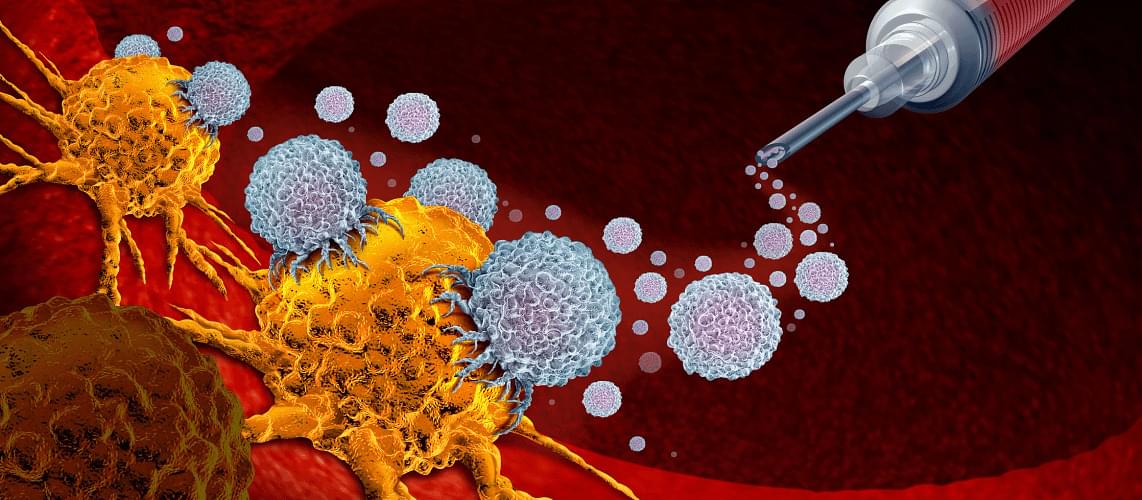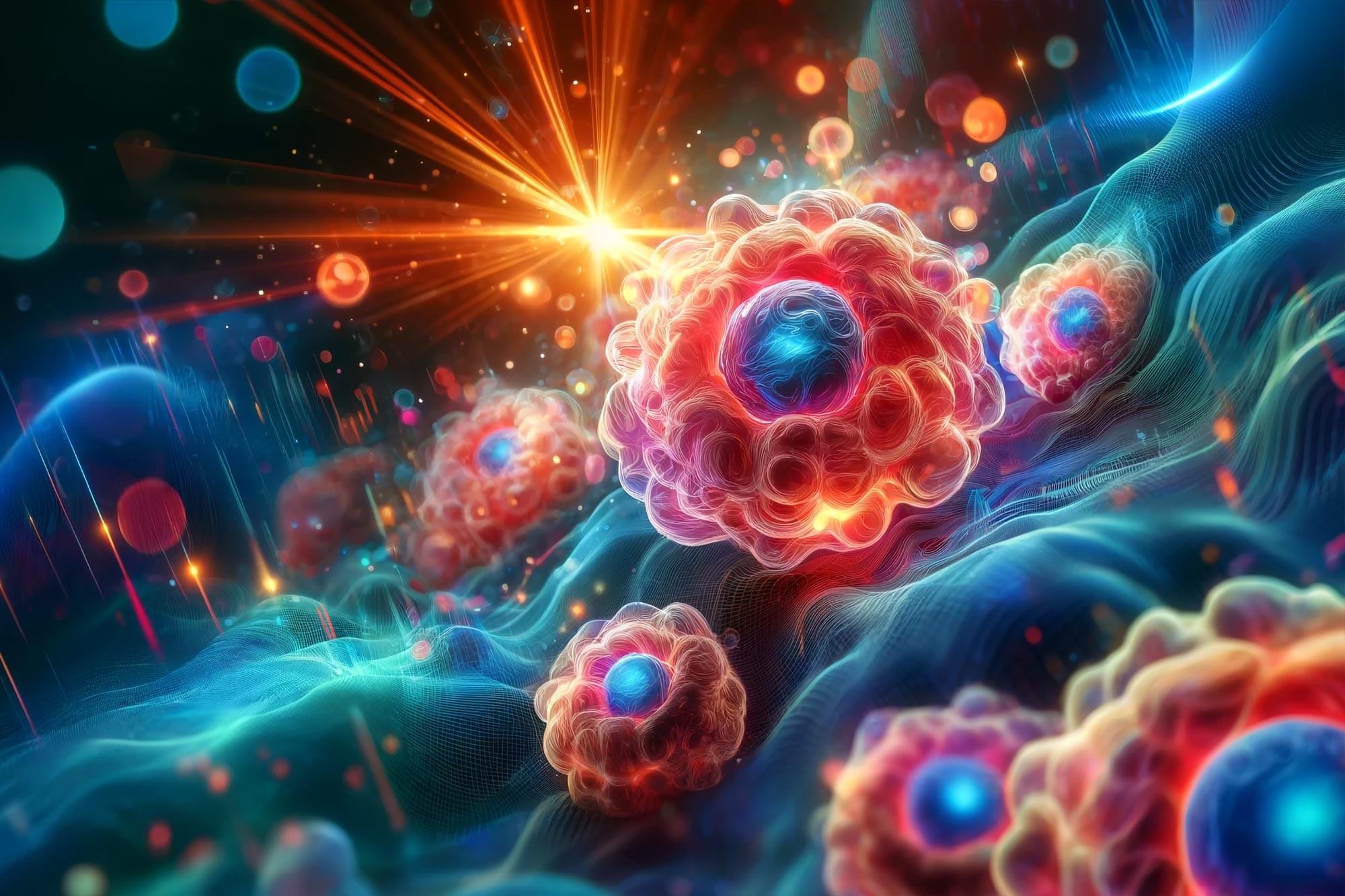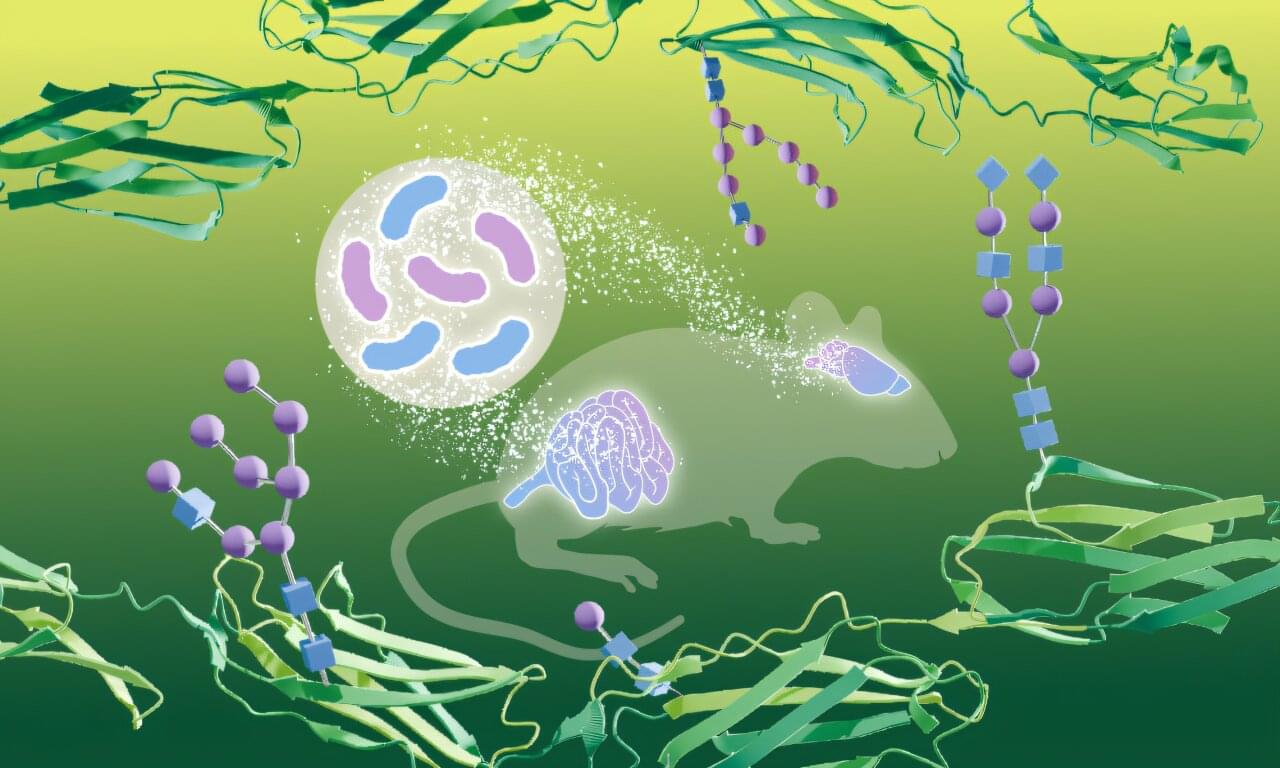The small trial showed durable results in nine patients three years after treatment with the experimental vaccine
Findings published this week in the journal Nature showed how personalized therapeutic vaccines can change the course of kidney cancer, though longer trials will be needed to confirm this approach.
The vaccines were tailored to particular mutations in the tumors of kidney cancer patients using so-called neoantigens, which are unique proteins or peptides generated by tumor cells that differ from those found in normal tissues. Not only do the neoantigens shield against cancer recurrence, but they also prevent unintended damage to healthy cells, which is a major concern with traditional chemotherapy regimens.







